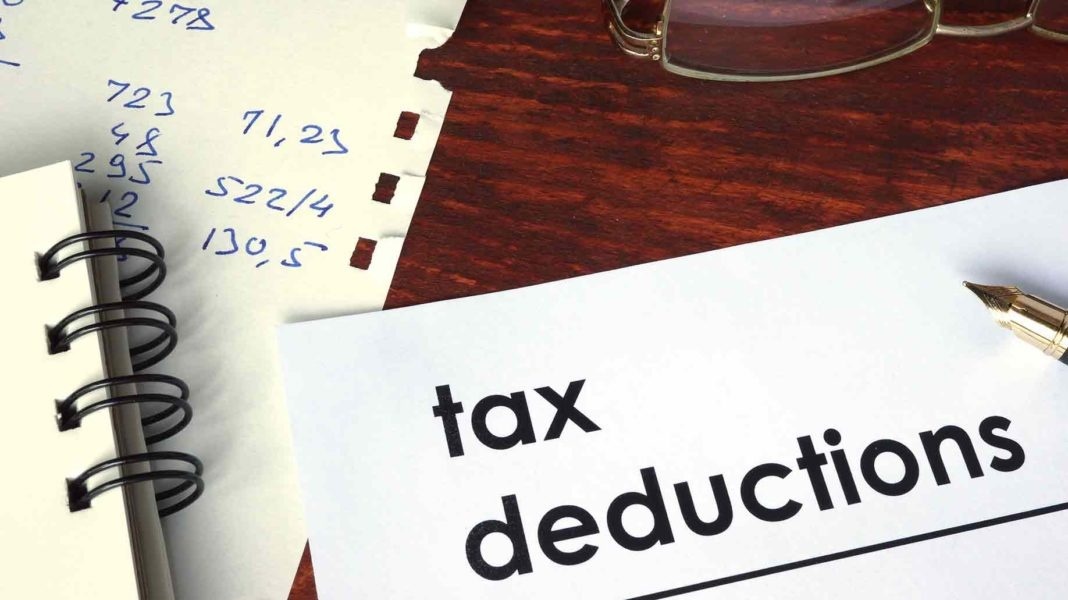
It’s a pretty good feeling to get that tax return check in the mail, but a pretty bad one to realize you forgot to include a tax deduction that would have lowered your tax bill or increased your returns. With the ever-increasing complexity of the tax laws, filing taxes just gets more and more complicated.



